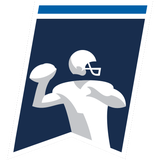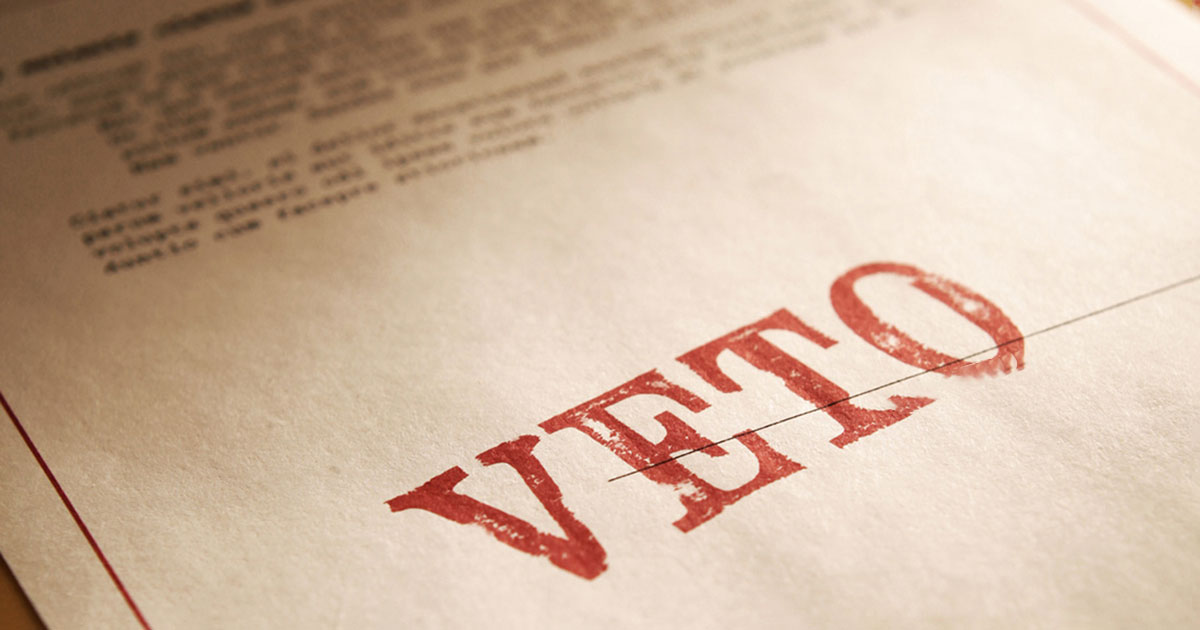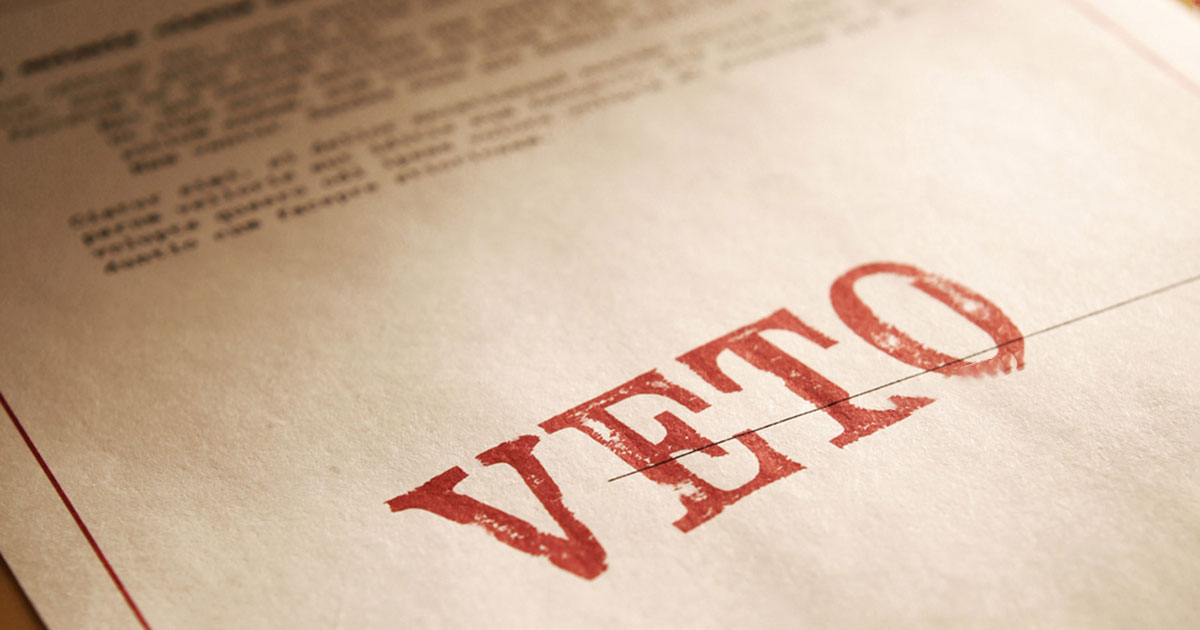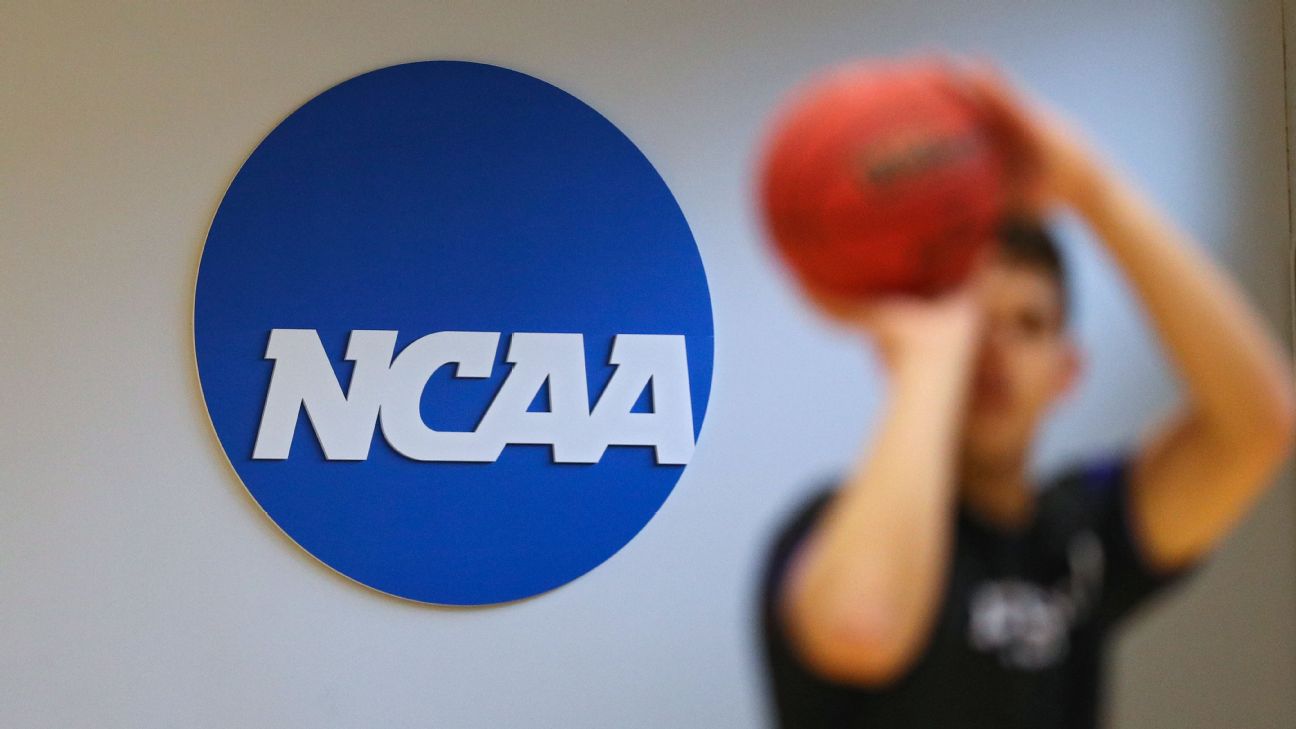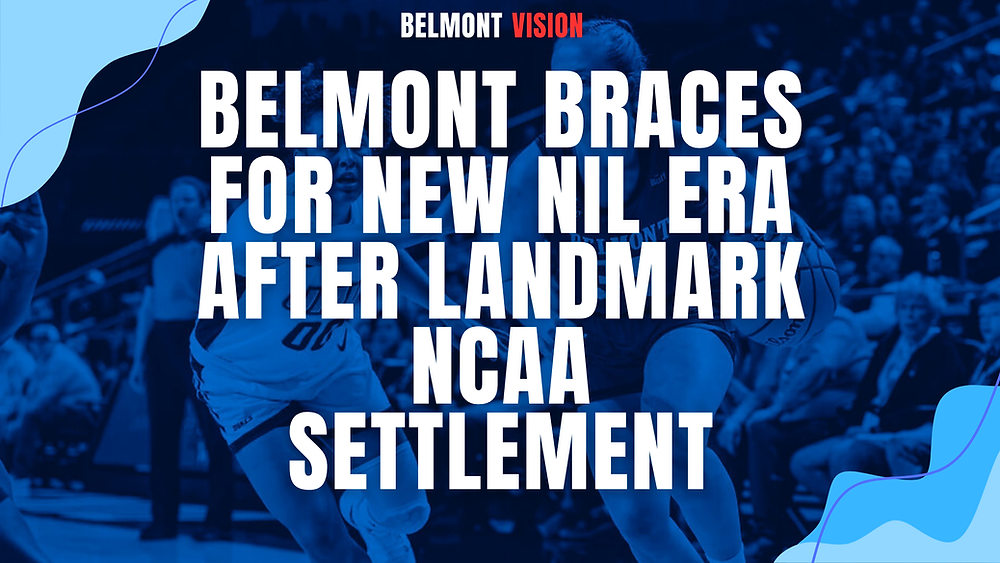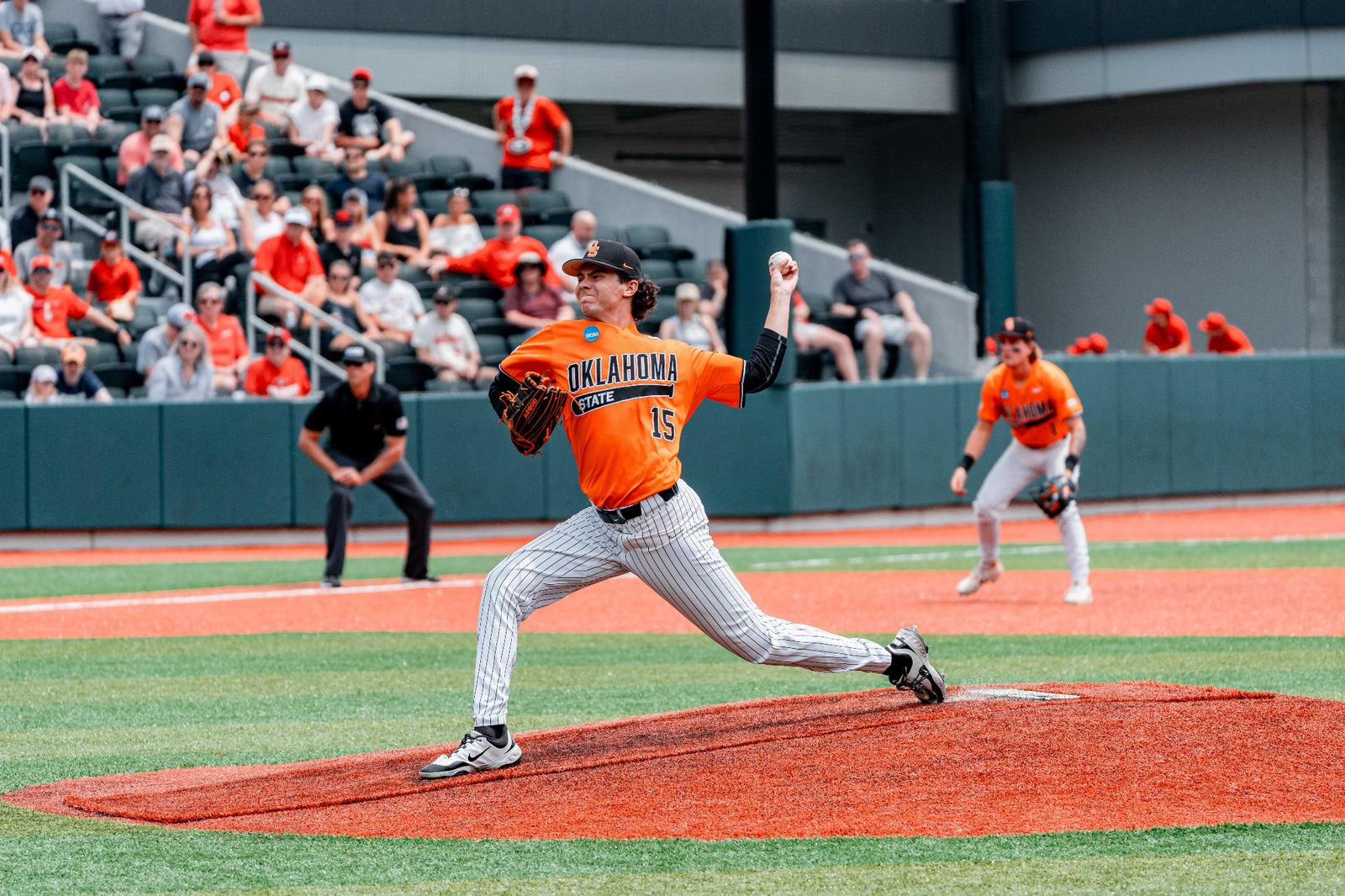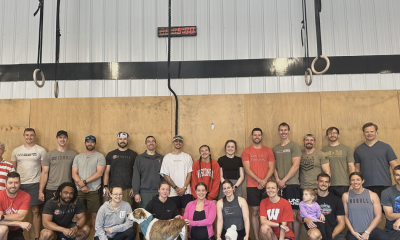Not every college football program has a general manager. It’s not clear whether some necessarily want one, either. And the responsibilities of the role vary dramatically from school to school.
But make no mistake, it’s a job that carries a lot of power and a job that is in high demand.
“They see that it is, at the end of the day, the most important title in the building outside of the head coach,” said a Power 4 personnel director who, like others in this story, was granted anonymity so he could speak candidly. “I think a lot of people are enamored with that.”
The combination of the transfer portal and name, image and likeness has turned roster maintenance into an everyday exercise as opposed to one that needs to be addressed seasonally. And as of last Friday, schools can pay student-athletes directly. As a result, running a college football program is an all-encompassing (and overwhelming) task that has increased the need for general managers.
On a national scale, the general manager role is still evolving and largely undefined, but its potential for influence is great and only growing. Who other than a head coach is interacting with donors and alums, the administration, the coaching staff, the current roster, agents, and high school players and their families?
“It’s like what head coaches in college football have been forever,” a second Power 4 personnel director said. “Head coaches have always been the CEO, and now, because of this whole new world, GMs are starting to become that.”
We’re starting to see some general managers’ visions take shape this month as programs continue to rack up commitments. And we’ll get a more complete picture once the transfer portal window opens in December. As general managers and their roles grow in importance, here’s a look at the four types we’re starting to see across the sport.
The celebrity GMs
If you’ve followed college sports closely over the past year, you’ve probably seen some of the headlines. Stephen Curry accepted the role of assistant general manager for the Davidson men’s basketball program. Likewise for Trae Young at Oklahoma. Shaquille O’Neal is the general manager at Sacramento State, where his son Shaqir is a rising senior.
Hiring high-profile names for these positions isn’t limited to basketball. It’s happening in college football, too. Andrew Luck was hired as Stanford’s general manager last fall. Ron Rivera assumed the same role at Stanford’s rival, Cal, in March. On a smaller scale, Las Vegas Raiders edge rusher Maxx Crosby was hired as the assistant GM at Eastern Michigan.
Naturally, it raises questions when a program hires someone who hasn’t spent time recently in the college football world or hasn’t been exposed to the nuances of the transfer portal and roster building.
“At the end of the day, are you getting the most out of that position?” the first P4 personnel director said.
The second P4 personnel director added: “If they haven’t been in the space … then you get really concerned about, ‘OK, it sounds good, but can they really function in a college football program?’”
But celebrity hires do bring some positives to the table. They provide a boost for alumni and donor relations, which is critical for raising money. These high-profile figures often generate some excitement in recruiting, too. And there’s a respect they carry in the football building based on past accomplishments. Luck and Rivera were All-Americans at their alma maters, and both played in the NFL.
Though some of the hires might seem more like figureheads, that does not seem to be the case with Luck and Rivera. Luck reports directly to Stanford’s president, Jonathan Levin, and is involved in every facet of the program daily. It was his decision to fire coach Troy Taylor after an investigation into complaints from athletic department employees over the coach’s hostile behavior.
Rivera serves as a conduit between Cal football and the administration to help ensure the program gets the necessary resources and staff help.
Those two are very involved. We’ll see whether more schools go down this path in the future.
“Andrew Luck is a celebrity GM hire who feels like he has a day-to-day responsibility,” one Group of 5 general manager said. “He’s got his job carved out, and there’s value in that. It’s got to be more than a social media push because if it’s a social media push, then it’s a waste of time.”
The NFL hires
College football and the NFL have traditionally been very different worlds — almost different sports. But as the former becomes more professionalized, they’re starting to resemble each other more and more each day.
That’s why we’ve seen some programs go the NFL route to fill their general manager vacancies. Notre Dame recently hired Mike Martin, who was the director of scouting advancement for the Detroit Lions. Nebraska hired Pat Stewart, who was the New England Patriots director of pro personnel for the past two years. North Carolina hired former NFL exec Michael Lombardi, a Bill Belichick confidant, as its GM. And Oklahoma hired Jim Nagy, who was most recently the executive director of the Senior Bowl and held various scouting roles in the NFL for nearly 20 years.
The pros of these hires are obvious. These men have been around organizations that have had to operate within the confines of a salary cap and build rosters with finances in mind. They know contracts — and how they affect a locker room — and how to handle negotiations. And they’ve been exposed to thinking at the highest levels of the sport.
That gives them an advantage in some aspects. But there are those in the college personnel space who are skeptical, to put it mildly, about the transition from the NFL to college.
In the NFL, so much time is spent on evaluation. If you draft a player, the chances of his turning you down are zero. In college football, you’re focused on not only recruiting good players but also players who are good fits for your program and players you can realistically sign.
“At this level, it’s probably 25 percent evaluation and 75 percent, can you recruit to your team?” the second P4 personnel director said.
There are obvious similarities with the actual football part of the job, but there are so many extracurriculars in the college space.
“It’s those other things that you probably don’t think that much about that are actually high-impact areas — donor engagement, university relationships and politics, calendar timeline,” said a Power 4 administrator who recently took part in a search for a GM. “Unless you’re in there, even if you’re not experienced in all these different areas, until you’re able to do that, I think it’s eye-opening.”
In college football, you can’t just be an evaluator as a general manager. You can’t just be a recruiter, either. General managers have to be able to adapt and wear so many different hats.
The transition for these NFL hires will be watched closely across the college football personnel landscape.
The traditional college football risers
It would be a mistake to believe the personnel strategies that worked five years ago in college football will work in this ever-changing climate.
Ohio State’s Mark Pantoni, who has worked alongside Urban Meyer and Ryan Day, is viewed by many as the best general manager in college football. One of his strengths has been his ability to adapt. Ohio State had great rosters before NIL and great rosters early in the NIL era when the program wasn’t viewed as a big spender. Then, Ohio State decided to get aggressive financially to retain its top talent and add select transfers, and it won the national championship with a $20 million roster in 2024.
No matter the strategy, Ohio State has won at an elite level and has had great rosters.
The general managers who will succeed in this era of college football need to be not only in lockstep with the coach but also willing to anticipate changes in the sport.
“Honestly, vision is probably the most important part (of the job),” a third P4 personnel director said. “Enacting the head coach’s vision and having the foresight to be able to project not just for right now but for the future, when so many coaches and staffers are (thinking), ‘What’s going to help us today?’ — not what’s going to help us tomorrow, months and years on.”
Alabama’s Courtney Morgan, Texas Tech’s James Blanchard and USC’s Chad Bowden are among a new wave of prominent general managers to emerge over the past couple of years. And their paths to prominence could be a sign of where the position might be headed.
Except for Branchard’s one season with the Carolina Panthers, all three are essentially college lifers who have risen through the personnel ranks. Morgan was the general manager at Washington when it reached the national championship game in 2023. Bowden was the GM last year at Notre Dame for the Irish’s run to the title game. Blanchard has been the GM at Texas Tech during Joey McGuire’s three-year tenure, and the program’s spending in the transfer portal has been one of the biggest stories of the offseason.
All three have amassed enough influence that they’re viewed as working in tandem with their coaches — not necessarily for them.
“That’s really what the future of the college position is,” the G5 general manager said. “It’s not per se above or under the head coach, but it’s side by side like the NFL is.”
If they are doing their jobs well, those GMs will lighten the load for coaches and allow them to focus more on the actual football part of the job. Morgan, Blanchard and Bowden have been receiving most of the attention in this space lately, but more names will undoubtedly emerge in the future.
The staffer without the GM title who performs GM duties
Nearly 20 of the 68 Power 4 football programs do not have a traditional general manager. And there are more programs than that at the G5 level, where resources are more scarce, that don’t have GMs. That does not mean there isn’t someone in the program performing those duties.
This is where you might find a chief of staff, a director of player personnel, a director of recruiting, a director of roster management. You get the gist.
“It’s like any title in these front-office type roles,” a fourth P4 director of player personnel said. “They can all mean something different. Director of recruiting could be the one managing the roster and overseeing everything, or that’s your director of player personnel, or it’s your GM. They’re so varying and wide-ranging.”
There are programs like Georgia’s that have chosen not to hire a general manager. Kirby Smart is one of the best recruiters in the history of the sport, and he’s built a massive personnel infrastructure at Georgia. And though that staff plays a huge role in the program’s talent acquisition, it would be difficult to envision Smart giving someone the sort of control a general manager might require.
There are likely other examples of this as well.
“The head coach wants too much control of the program, and they’ve got their recruiting guy, personnel guy, but they’re still handling all that stuff,” the second P4 personnel director said.
The “controlling” coach can be successful. So can the coach who works in concert with his GM. Bottom line: There are many ways to run a personnel department in college football. And there are many titles to be claimed. What we don’t know yet, however, is what actually makes a good general manager.
(Photo of Andrew Luck: Darren Yamashita / Imagn Images)
